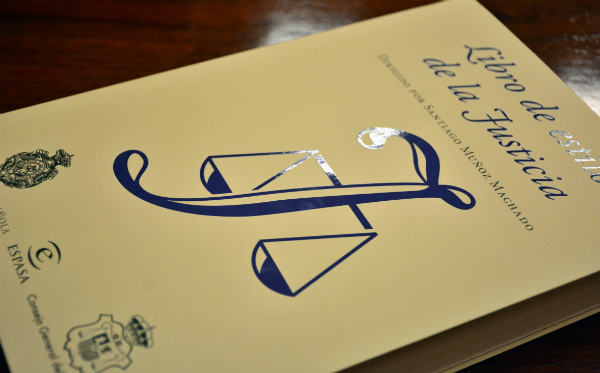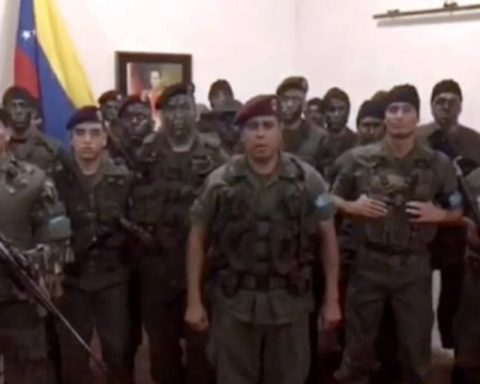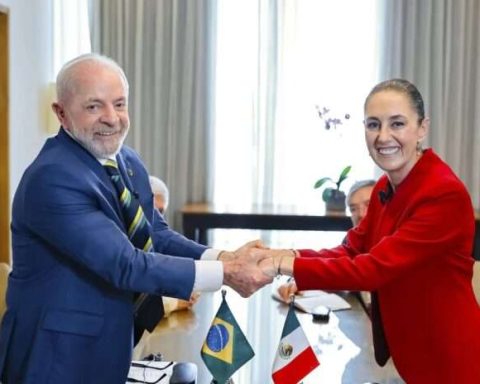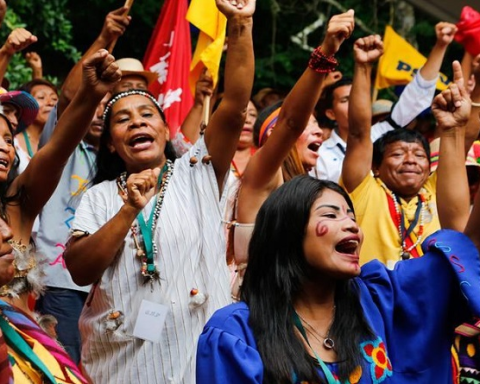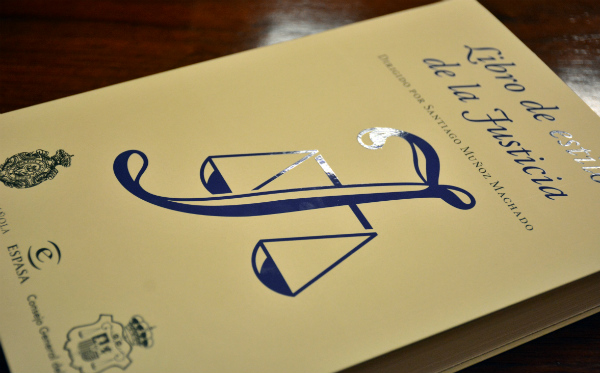
The legal language must be clear and precise so that it is easily understood by all. A sentence issued in Venezuela must be understood in Colombia, Spain or China. Therefore, it is required that the style be clear, precise and devoid of verbiage, tautologies, ambiguity, vagueness, euphemisms, redundancies and methodological flaws. For this reason, the Royal Spanish Academy, the General Council of the Judiciary and the Espasa publishing house published the Justice style book (2017), directed by the academic Santiago Muñoz Machado. The objective of this work is to ensure that legal language reaches high levels of authority through the persuasive force of its simple and direct expression. It is understood that the legal language is the “proper and characteristic language of the jurist and legal texts” (Pan-Hispanic Dictionary of Legal Spanish).
In that same sense, the French Court of Cassation led the publication of the Guide to the new rules relating to the structure and wording of sentences (2019). Despite the fact that French jurisprudence is clear and easy to understand, the style guide aims to make the legal expression precise and simple as a rule of forensic use. The idea is to banish commonplaces, set phrases, subordinate clauses, convoluted style, extensive citations, argumentative contradictions and other vices of legal language.
The sentences must be drafted so that anyone can understand the reasons behind them. Likewise, the proper use of said language must be characteristic of the rule of law and legal certainty. The advice from the aforementioned works is to avoid useless plugins. The best sentence is the clean sentence, reduced to the clearest and simplest components. What you have to do is put the idea on the subject, verb and predicate and use the adjective wisely.
Judicial decisions must be, therefore, written in a direct, precise, simple way with words of common speech and without subordinate phrases. One way to see this linguistic and methodological clarity of the sentence is when, when translated, it can be understood in a foreign language. Decisions must be motivated, intelligible, without excessive citations and without long paragraphs incorporated with the “copy and paste” tool. For this reason, the rules of style, as in the French system, must also be complied with by the litigants. This to seek the linguistic and methodological homogeneity of judicial documents and thus facilitate access to justice.
In our environment, legal discussions tend to be very long and aside from the essential: there is excessive discussion about the peripheral. Cases can extend beyond a decade. Forensic writings cannot be long pages at odds with syntactic elegance. Who does not have clear ideas appeals to the ambiguity and the cumbersome and extensive style. Here we must remember the teacher José Román Duque Sánchez, who, in his legendary civil cassation lessons, stated: “Be brief and precise, brief and precise writings are the favorite delicacy of judges.”
To this we must add that this lack of conceptual clarity is intended to be saved through the use of the argument of authority, that is, of the citations of authors and jurisprudence, with the alleged intention of strengthening the allegation. Very often, this leads to the fallacy of authority, which consists of invoking an author – or authors – who comments on a legal issue other than the one under discussion; It also appeals to jurisprudence that often refers to different issues.
Nor is there a synthesis of what the author says –or what the sentence says– but rather those extensive paragraphs are copied at random. Copy and paste is used abusively in judicial decisions. The limit allowed by the universal rules of methodology, which is forty lines, is even exceeded. It would be good if any judgment of the Supreme Court of Justice were read at random so that the length of the citations could be observed, both in the writings of the parties and in the decisions invoked. There is no practice of reducing all the arguments and jurisprudential criteria to a few laconic paragraphs that gather the essence of what is discussed.
There are many factors that explain what has been described. An elementary one: the law student comes with training deficiencies from high school: bad spelling, expressive difficulties, lack of knowledge of the methodological rules necessary to express ideas clearly and in an organized manner. These bad habits are created and mature, from which it is difficult to get rid of.
A contribution aimed at improving the situation described would be to teach linguistics in the first year of the Law degree and add a workshop on oral and written expression. In this way, students will be able to acquire linguistic and expressive skills that would undoubtedly improve the clarity and coherence of legal writings. It should be intended to teach the student to write using precise and direct language. That is what the Cervantes Institute recommends when favoring the short word over the long one; for example, between “clarify” and “clarify” the first should be used. Between a long and a short expression, use the short one: “today” instead of “currently”. In this task, the good allies of syntactic clarity should be used frequently: the full stop and the full stop. Thats why he Justice style book It should be used as a textbook in law schools.
Each piece of writing must be based on a central idea and the reasoning must revolve around it. This is achieved with paragraphs that expose the idea with short sentences. Long sentences can be justified as long as they convey meaning. The syntax must allow the decision to be understood by all in order to favor the principle of effective judicial protection.
The Venezuelan Judiciary is waiting to prepare and approve a judicial style guide to improve and facilitate the understanding of sentences. That guide, with the linguistic and methodological rules that judges and litigants must comply with, would be a contribution to the justice system.
This work must be done with the joint participation of the Supreme Court of Justice, the universities, the bar associations and the academies. This guarantees the principle of citizen participation, plurality, transparency and democracy.
